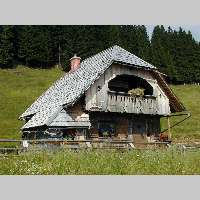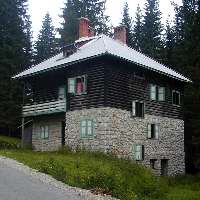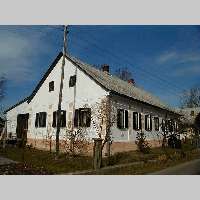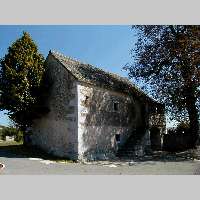

 dr Martina Zbašnik Senegačnik
dr Martina Zbašnik Senegačnik
Traditional Ecological Slovene Constructions
Traditional building materials have, in spite of their obvious advantages, lost their leading role and have been replaced over the last decades by artificial building materials. This has caused a deterioration of the environment and has, consequently, been producing negative effects on man. The paper aims to draw attention to the knowledge acquired in the past and show the advantages of traditional building materials claiming that construction experts may contribute to the reduction of pollution and the process of health-deterioration caused by toxic substances. A reinstatement of traditional technologies and application of building materials that have no negative effects on man and environment meet the ever more strict ecological demands.
The first building materials used by man were stone, wood, clay and straw. These building materials, which were used in Slovenia as well, some of them until 1950s, belong to nature-made materials and, with the exception of certain characteristics of stone, to ecological building materials. As such they do not place a further burden on the environment because of their low-energy retrieval, possible re-use and recycling.
The paper will focus on those essential positive features of each building material that allow for a better and healthier living climate, and on the negative characteristics that can successfully be avoided by optimal technological means. Slovene country houses constructed with the help of traditional techniques and ecological materials will be presented, with examples ranging from stone and wooden constructions to thatched roofs, still used in the Ptuj Plain.
Za povečavo kliknite na sliko
Click on picture to enlarge


 dr Martina Zbašnik Senegačnik
dr Martina Zbašnik Senegačnik



